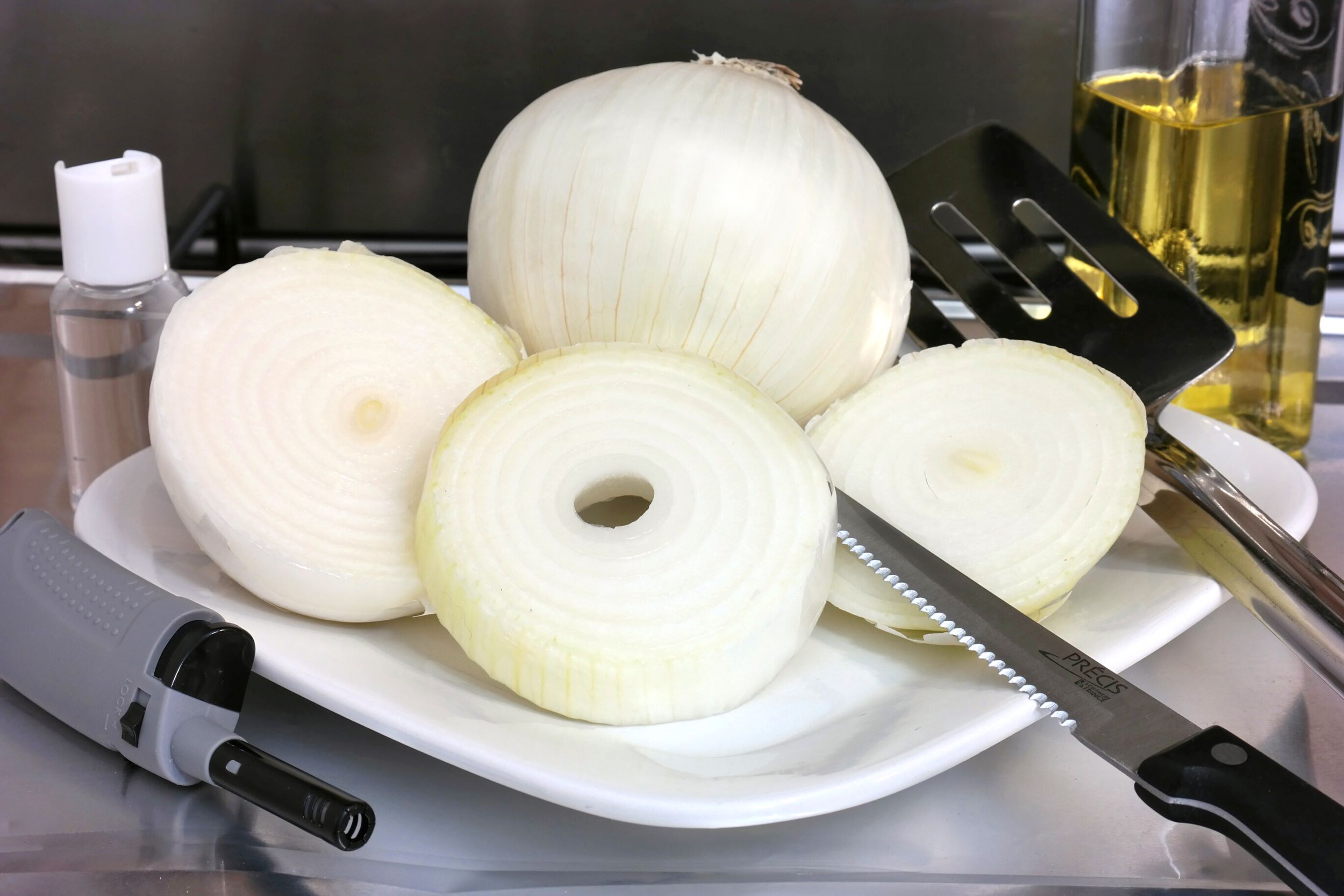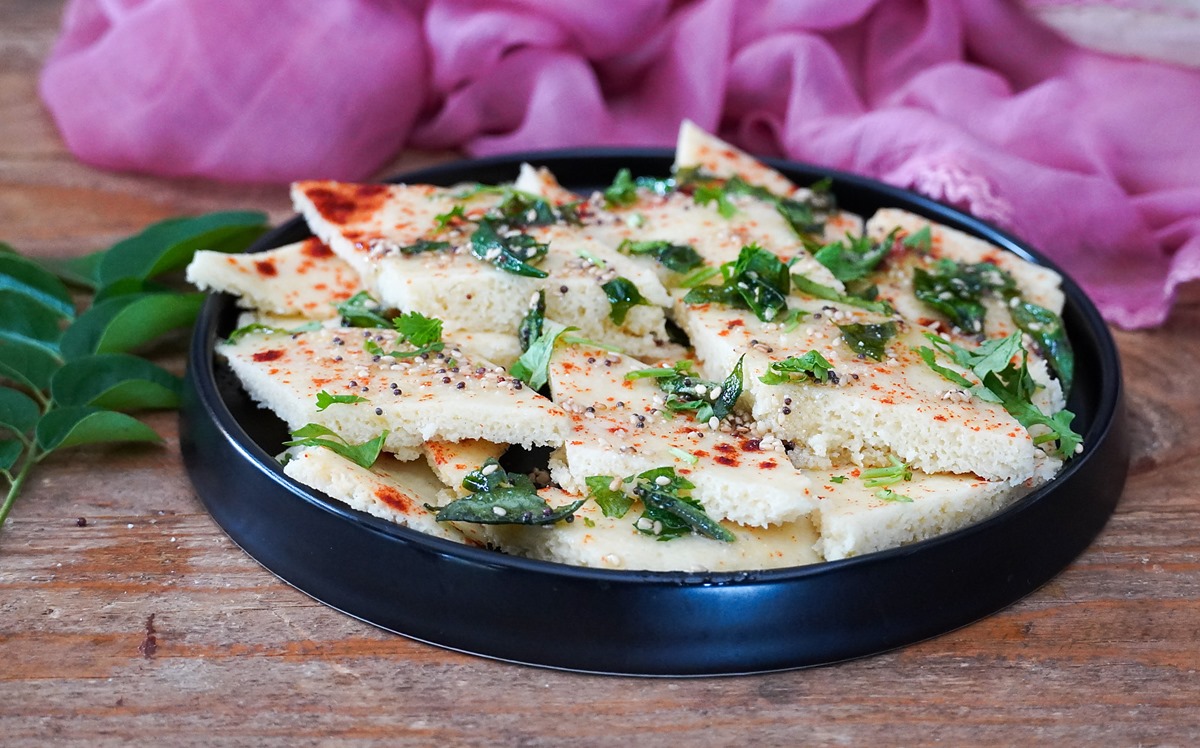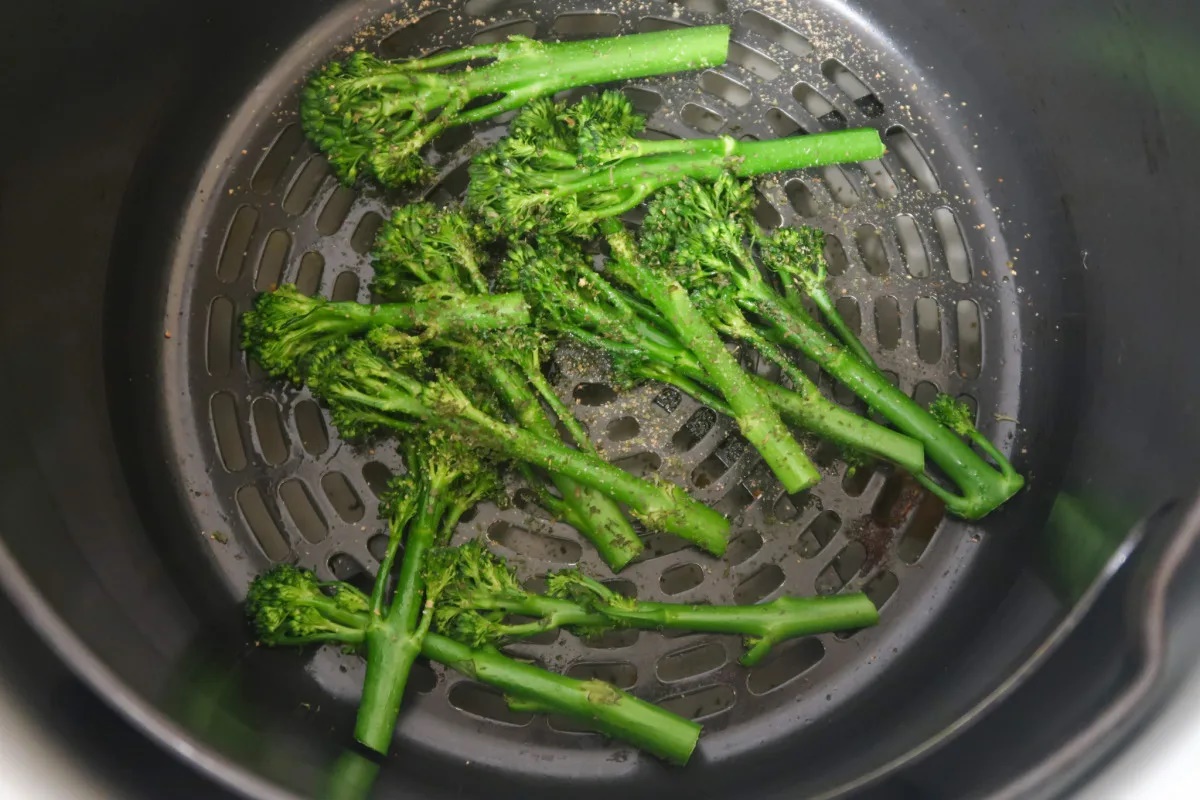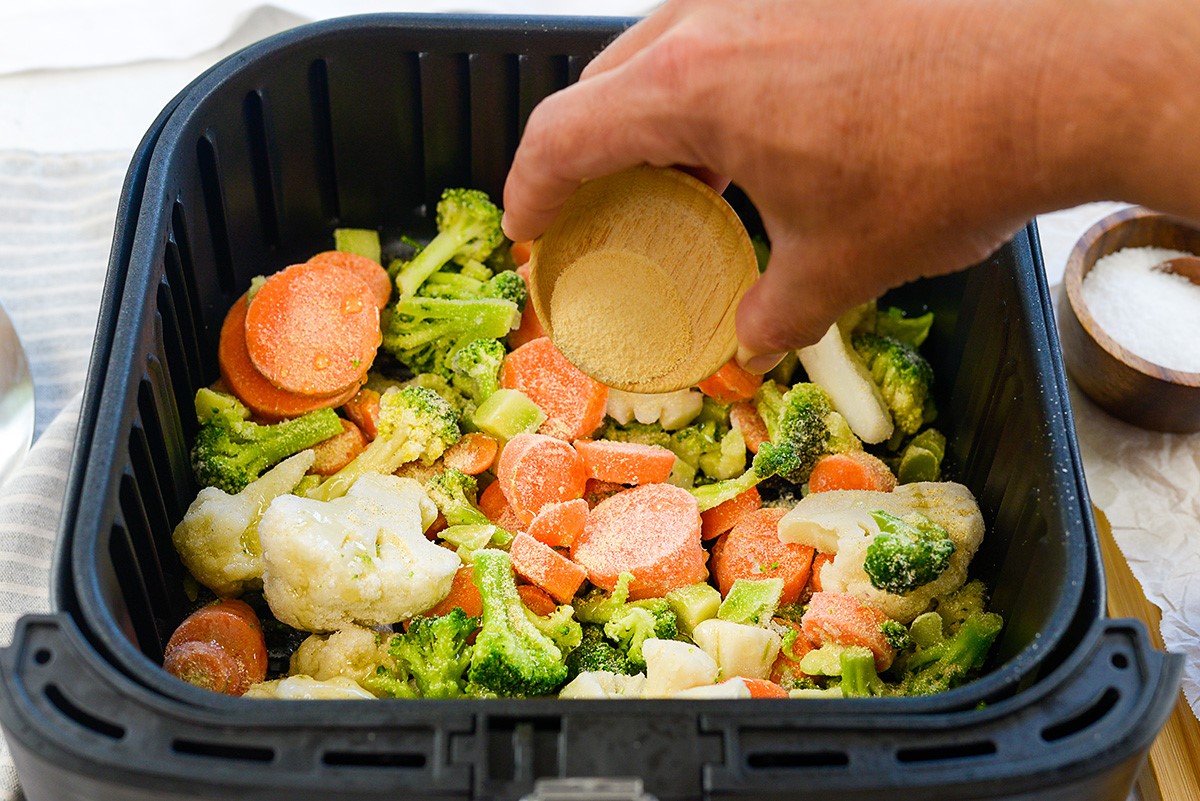How To Cut Chicken Thighs
Chicken thighs are a versatile and flavorful cut of meat that can be used in a variety of dishes. Whether you’re preparing a delicious stir-fry, a hearty stew, or grilling up some juicy chicken kebabs, knowing how to properly cut chicken thighs is essential. In this article, we’ll guide you through the step-by-step process of cutting chicken thighs like a pro.
What You’ll Need
To get started, gather the following tools:
- Sharp chef’s knife
- Cutting board
Step 1: Remove the Skin (Optional)
If desired, you can begin by removing the skin from the chicken thighs. To do this, simply grip the edge of the skin with your fingers or a paper towel and gently pull it away from the meat. This step is optional and can be skipped if you prefer to keep the skin on for added flavor and moisture.
Step 2: Locate the Joint
Flip the chicken thigh over so that the bone side is facing up. Locate the joint where the thigh bone meets the drumstick bone. This joint will serve as your guide when cutting the chicken thigh.
Step 3: Make the First Cut
Using your sharp chef’s knife, carefully cut through the flesh along one side of the joint. Apply pressure to the knife to separate the thigh from the drumstick, keeping as close to the bone as possible. Repeat this step on the other side of the joint to completely separate the thigh from the drumstick.
Step 4: Trim Excess Fat (Optional)
If desired, you can trim any excess fat from the chicken thigh. This step is optional and can be skipped if you prefer to leave the fat on for added flavor.
Step 5: Decide on Final Cuts
Now that you have separated the thigh from the drumstick, you can decide on the final cuts based on your recipe or preference. Here are a few common options:
- Leave the thigh whole for grilling or roasting.
- Cut the thigh into smaller pieces for stir-frying or sautéing.
- Remove the bone from the chicken thigh for boneless recipes.
Step 6: Store or Use Immediately
If you’re not using the chicken thighs right away, store them in an airtight container in the refrigerator for up to three days. Alternatively, you can freeze them in freezer-safe bags for up to six months.
Now that you know how to cut chicken thighs, you’ll be able to confidently prepare various delicious meals. Whether you’re making a comforting chicken curry or a simple grilled chicken salad, properly cut chicken thighs make all the difference. Happy cooking!
Explore Delicious Recipes Using Your Perfectly Cut Chicken Thighs
Now that you've mastered the art of cutting chicken thighs, it's time to put that skill to good use with a variety of delectable recipes. From the sizzle of Spicy Chicken Stir-Fry Recipe to the comforting warmth of Hearty Chicken Stew Recipe, these dishes are designed to enhance your cooking repertoire. For a truly tantalizing experience, try the Juicy BBQ Chicken Thighs Recipe, which are perfect for outdoor dining. If you're in the mood for something exotic, the Thai Chicken Thighs with Basil Recipe offer a burst of flavor that is both refreshing and bold. Each recipe utilizes the techniques from our guide, ensuring juicy, flavorful results that are sure to impress at any meal.
Was this page helpful?
Read Next: How To Cut Cabbage For Corned Beef











